How we think we read
 Over the course of last week, my mind was mostly occupied with the Ferguson decision, and some of the resulting protests here in Oakland. Between that and Tamir Rice, I purposefully limited my exposure to the fallout over Handler’s remarks at the National Book Award, but I took some time over this weekend to catch up, particularly appreciating Jacqueline Woodson’s New York Times opinion, and many of the lucid comments at Roger Sutton’s post and his followup.
Over the course of last week, my mind was mostly occupied with the Ferguson decision, and some of the resulting protests here in Oakland. Between that and Tamir Rice, I purposefully limited my exposure to the fallout over Handler’s remarks at the National Book Award, but I took some time over this weekend to catch up, particularly appreciating Jacqueline Woodson’s New York Times opinion, and many of the lucid comments at Roger Sutton’s post and his followup.
As I turn my mind back to the Newbery, I’m thinking about some of the comments on Roger’s post about the response to Nikki Finney’s piece: her voice, and the way she presents her argument. It reminds me of a question I keep asking myself about the Newbery and other awards, and children’s literature criticism in general. When we see the same kinds of books being buzzed each year, when we see a slate of awards going to all white book creators, it makes me wonder if we aren’t creating these limitations ourselves in the way we are willing to recognize excellence in children’s books.
ADVERTISEMENT
ADVERTISEMENT
As a for instance, I know many adults who have expressed a hard time appreciating KNOCK KNOCK: MY FATHER’S DREAM FOR ME as an excellent picture book for children, because it is “preachy” in tone. In the critical industry, we tend to equate “preachy” with “didactic”, and “didactic” with a lack of “respect for a child audience.” I am often one of the first to declaim a book that I think talks down to children, or is force-feeding them something they don’t want. But that’s not what I see going on in KNOCK KNOCK, where the oratorical voice is indeed reminiscent of preaching…and it works. (KNOCK KNOCK was an honor book in my committee’s selected 2014 Boston Globe Horn Book Awards, the winners for which are….all white. And most of all the winners and honorees are men. Hm.)
What do children appreciate in voice, character, and plot in their books…and does this vary by culture?
What does “appropriateness of style” and “excellence of presentation for a child audience” mean to you? Does this vary by culture?
Of course the answer is they do, and they don’t, there are commonalities and there are differences, and the differences are cut in as many ways as you can imagine: culture, race, gender, education, economic background, religion, etc. But that is the easiest way to answer this. The harder way is to ask ourselves whether and how we are biased in what we think are our unbiased opinions, and if so, how to make room for opinions that shift us from that comfortable position of feeling right.
Filed under: Uncategorized
About Nina Lindsay
Nina Lindsay is the Children's Services Coordinator at the Oakland Public Library, CA. She chaired the 2008 Newbery Committee, and served on the 2004 and 1998 committees. You can reach her at ninalindsay@gmail.com
ADVERTISEMENT
ADVERTISEMENT
SLJ Blog Network
One Star Review, Guess Who? (#202)
This Q&A is Going Exactly As Planned: A Talk with Tao Nyeu About Her Latest Book
Exclusive: Giant Magical Otters Invade New Hex Vet Graphic Novel | News
Parsing Religion in Public Schools
Take Five: LGBTQIA+ Middle Grade Novels
ADVERTISEMENT

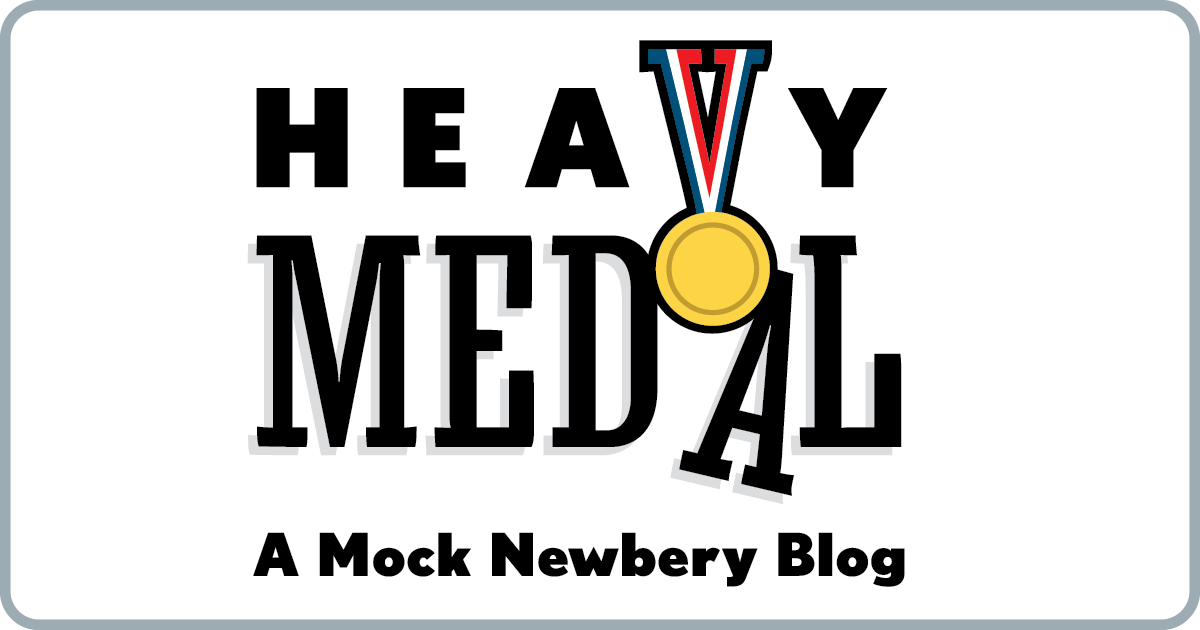

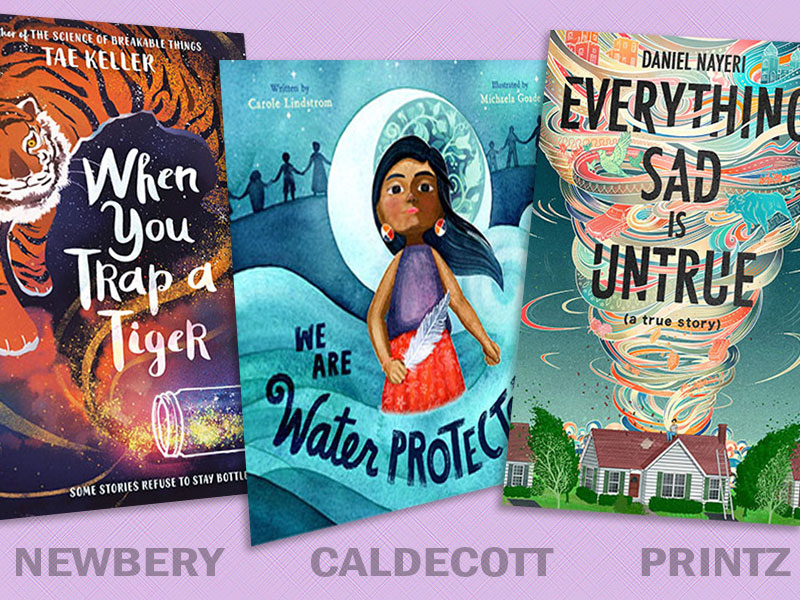
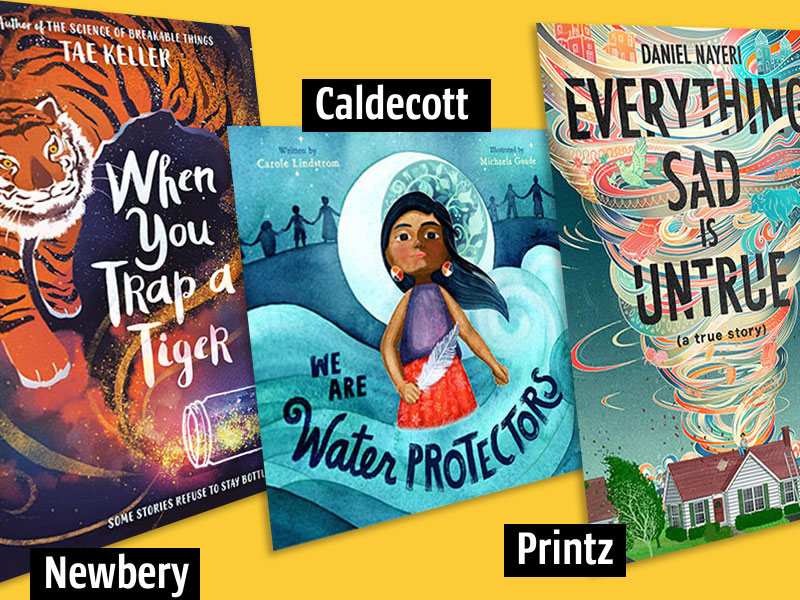
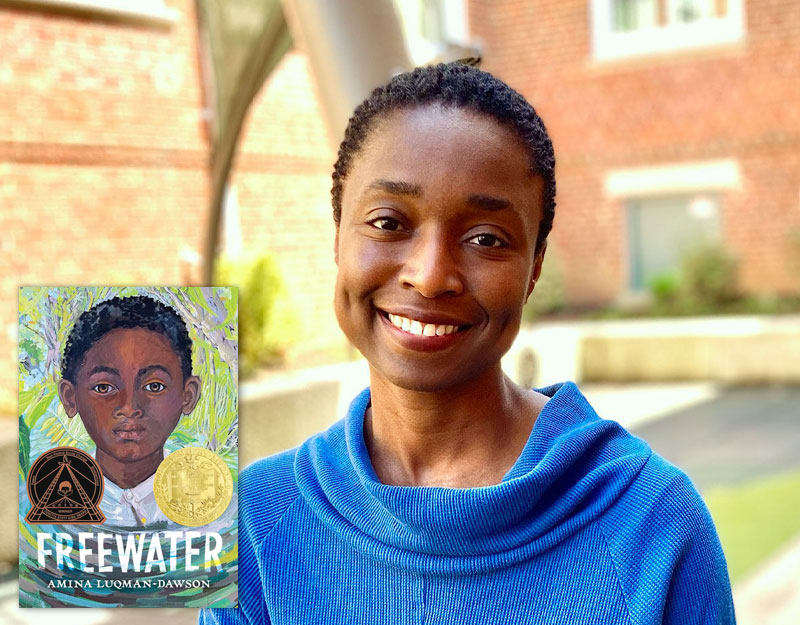
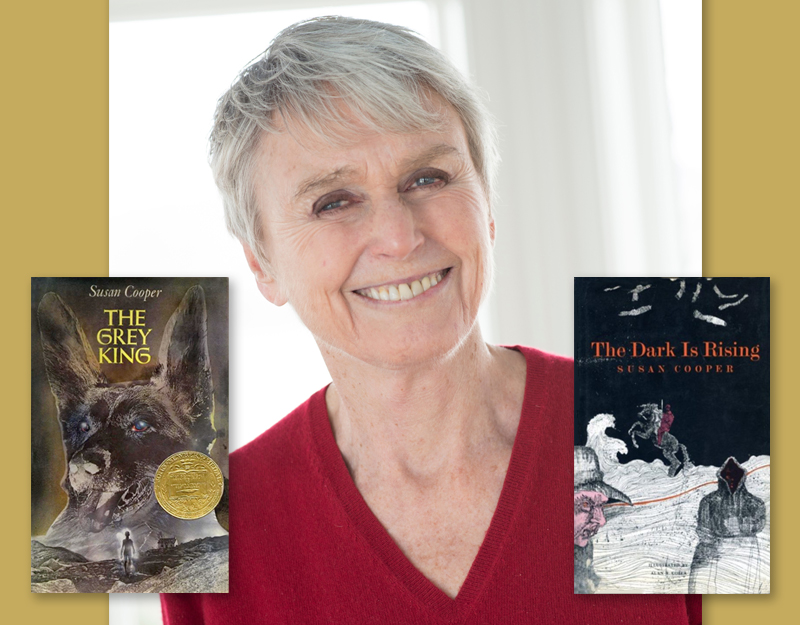
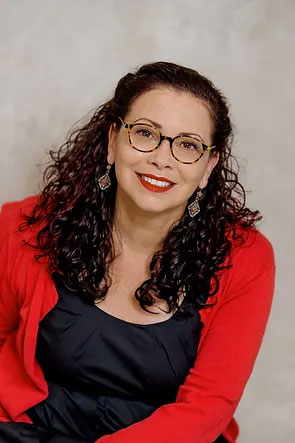
These are such important and hard questions. Along the lines of ones that came to my mind when looking at the wonderful offerings at the Mexico City book festival (FILIJ) that I was at recently; it was especially noticable to me as right before I went someone in this country had complained to me about the limited number of books that spoke to recent Latin American immigrant children. Seeing all the wonderful books in Mexico right after that pained and saddened since it was clear how badly they are needed here yet so few of them make their way to our country. I wondered then (as you do above) if the reason is that the storytelling in these books is not what the dominant US culture is comfortable with. Endings were sometimes open-ended, some were very dreamy, and there were all sorts of topics that are not usual here. Perhaps they would discomfort some because, unfortunately, they are different than what many are used to. (I observe this too in folktales produced for the US market — often cultural elements and storytelling tropes are altered to fit a “US” structure and then the books are presented as being of the culture when they aren’t exactly.)
And I think you are absolutely right that this is a factor for how we consider the varied cultures in our own country. But how to make it more known? How to even get others to do what you are doing here right now? So many are participating in the current conversation with such a lack of background. Right now on childlit someone started a thread suggesting there is differing generational awareness regarding racial tropes. That those coming of age more recently have not encountered some of them and so forth. Others have pointed out rightly that this is another example of white privilege. I actually thought, reading the thread, that there are probably plenty of adults who also came of age at the same time as the original poster who, because of their race and circumstances, are all too aware of those tropes.
My school, it so happens, is working intensely on this this year and it has been hard. Many are not yet able to recognize the degree of their privilege. I stumble too, but when I get back up I know more. So I’m grateful for the conversations that push my awareness and thinking.
I wonder if one of the biggest distinctions is between librarians and non-librarians. Plenty of civilian adults in this country, of all cultures and colors and genders and political leanings, will tell you that a distinguished book for children is one that teaches a good lesson. But does the Newbery need to represent those adults?
I thought about this too. I think it’s fine though for the Newbery to say what it is “for” and “not for,” which is does here “Note: The committee should keep in mind that the award is for literary quality and quality presentation for children. The award is not for didactic content or popularity.” Then the question becomes: what constitutes a “quality presentation for children” within terms of “literary quality” and outside terms of “didactic content or popularity.” I think I know what literary quality is, and I think I’m pretty open-minded about it, but it’s still based on reading and growing up within the dominant culture.
Perhaps it is a superficial nod to cultural heritage, but one of my sons takes Taekwondo. A few months ago, his Taekwondo school had an invited guest speaker to the kids and their parents. The speaker told a personal anecdote about how, when his then high-school-aged daughter brought home her first boyfriend to meet him, he spanked her. Then he bought her thousands of dollars of jewelry and took her on a Disney cruise. When she asked why, he replied it was because she was not to date anyone until college. And she didn’t. The speaker told this story proudly and without irony. The speaker told this story with an air of wisdom and the didactic authority of success. The moral of the story, he said, was that children can be obedient to their parents. And his daughter went to Ivy League!
I think (and hope) the mostly white, affluent parents in the audience found this horrifying. Perhaps it was evidence for their worst stereotypes of middle-aged Korean dads and Asian parenting in general. That was my own reaction, though I am a middle-aged Korean dad myself (and thus “get a pass” to tell this…)
Should I have been more accepting? Should I advocate for books targeted at Asian families that reflect values and use styles of presentation that I find hard to stomach? In the end, is my reaction all that different from Roger Sutton’s reaction to Nikki Finney’s piece?
The point of my story is, I think, the same as Nina’s question and Roger’s comment. It’s a basic question of representative government. If you are selected to a position like the Newbery committee, how do you (and should you) balance your best, personal judgment (with all its deeply felt biases) against the will of everybody not chosen (perhaps unfairly) that you feel you could represent (even if you disagree with or even dislike those choices)?
I was going to make a comment to Jonathan on the HALF A WORLD AWAY thread that I liked Sam better than Obaachan (and Baba Yaga for that matter.) But you know, I recognize they are basically the same character type, and my personal reaction was based on racial experience. So Nina is right as far as that goes. I am not going to use “I liked Sam” as an argument in favor for HALF A WORLD AWAY.
An intriguing comparison, perhaps, that might illustrate what gets a thumbs up, and what does not…
A Kirkus reviewer praised ANUNG’S JOURNEY. I and others (some at SLJ) rolled our eyes at it. There are glaring problems with it. The author is not Native. He says a Native person asked him to tell the story. It is about a Native man (pre-contact) having a dream that he’s to find the greatest chief. He heads east, ever east, over the ocean and guess who he finds? Jesus. Not kidding.
More recently, a Kirkus reviewer called CRAZY HORSE’S GIRLFRIEND pedestrian. It is about teens in present-day Denver area. Drugs, alcohol, family. Gripping and gritty, too. It is by Erika Wurth, who is Apache, Chickasaw and Cherokee. She was a writer-in-residence at the Institute of American Indian Arts. Her book is getting a lot of praise from some of the top Native writers in the country. I found it wonderful, too.
Kirkus reviews are not signed, but my guess is that neither review was written by a Native person.
Do those two reviews illustrate the bias Nina is talking about? I think so, and that bias is also what makes it so hard for Native writers to get their books published in the first place. If they’re set in the present day, about who we are in this day and time, are they getting turned away because they’re “pedestrian” as the Kirkus reviewer said of CRAZY HORSE’S GIRLFRIEND? And if they’re getting turned away from even getting published, there’s obviously no chance for the reading public to develop an eye for the qualities that mark a story about Native peoples as Native.
Nina, this reminds me of what always comes to mind for me when I hear the We Need Diverse Books line: we need diverse librarians, book buyers, editors, reviewers, etc., etc. I am on an evaluation committee right now on which every member is a white woman, and that has to influence the way we evaluate.
As long as all of the power structures surrounding book publishing favor those with the highest levels of privilege, it’s going to be difficult to even identify the factors that are getting in the way of diversity in publishing. Which is not to say that I don’t support the movement, of course – I just think it needs to happen from the bottom up as well as from the top down.
Rachael, yes, it’s actually the bottom up effect I’m looking for here…i.e. bringing more voices to the table. That is what Debbie is pointing to as well. But while we work explicitly on bringing more people to the table, I also want to acknowledge that there are different experiences already *here* at the big table (meaning the more shifting national community of kid lit people)…and that it may be that the conversation keeps on getting boxed in, doesn’t make room for really stretching our understanding of what makes “literary quality” for children.
I don’t have much to add to this discussion, I just want to say I’m so grateful for this blog and for Jonathan’s and Nina’s (and Leonard’s and Debbie’s, etc.) efforts to elevate and examine how we think and talk about children’s literature. All of us who work to connect kids to the right books need reminders to see past the ends of our own noses. So thank you! This discussion is something I’ll carry with me for a long time to come. I may not be able to cancel out my biases, but I can certainly be more aware of them.